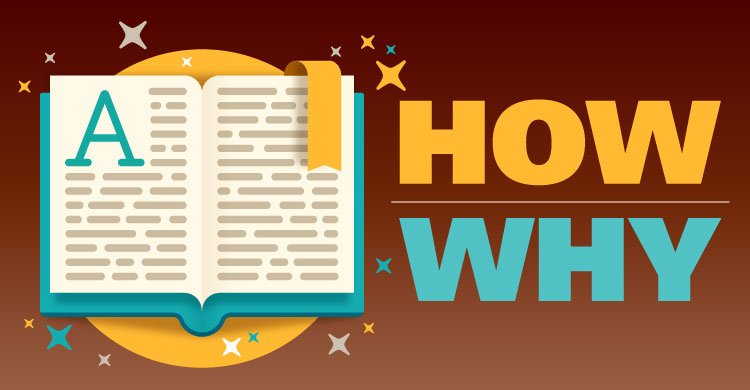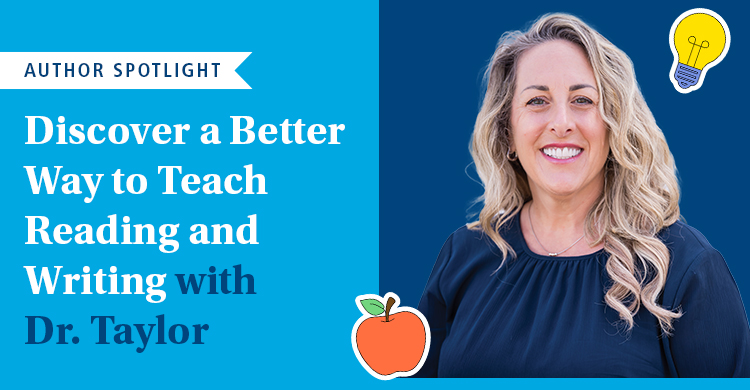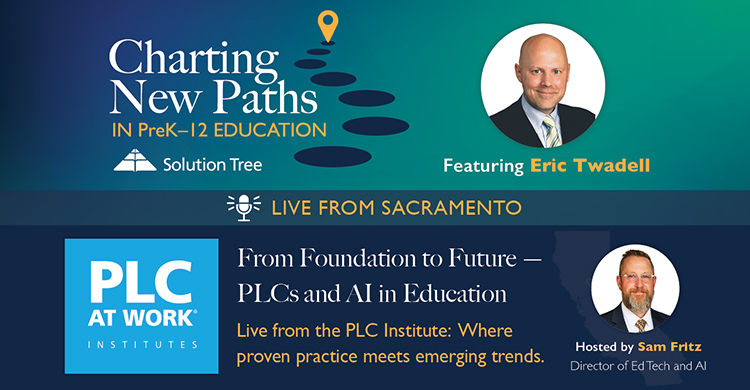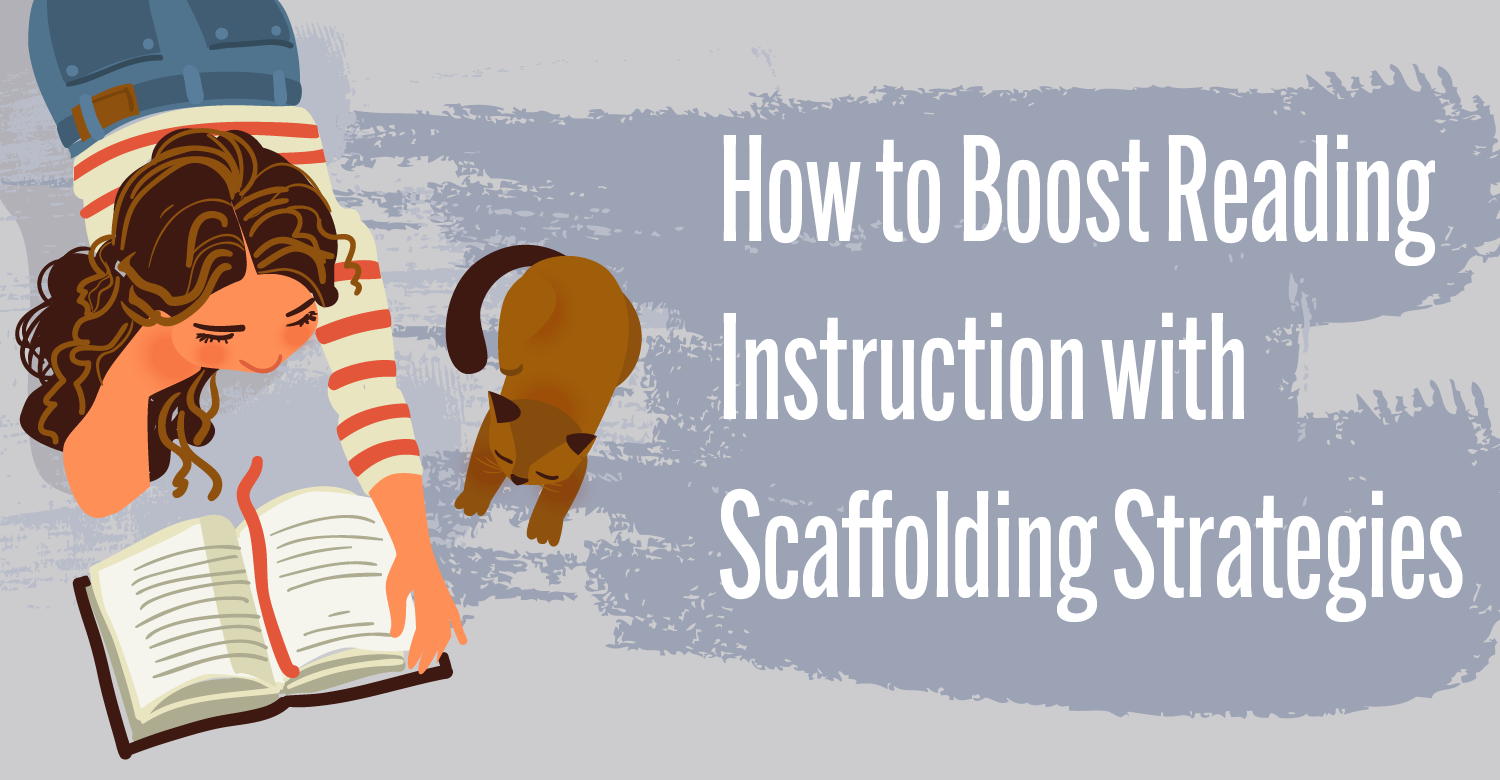Based on Close Reading in the Secondary Classroom
One of my ninth-grade students once let me know, in no uncertain terms, that reading wasn’t an enjoyable experience for him. Every teacher teaches reading, whether the skill is specific to the content area of instruction or not. It’s a basic and vital life skill. So, what happens when students walk into our classrooms with large deficits in their reading abilities and in their interest in reading in general.
Readers read for many reasons—the two most common ones are for entertainment and to consider ideas. In reading for entertainment, our focus is logically on the surface elements of a text. We might call this reading for the “what” and the “who”—what happened and who did it. These elements, the ones that most often answer the “did you read it” check quiz in class the next day, are just a starting place for a more substantial reading. When we ask students to engage deeply with a text, it is important to draw students’ attention to the difference in the goal of the act of reading—a shift from “what” and “who” to “how” and “why.” How does the author present ideas, how does she create an effect in the reader’s mind, and why would she do that? Students who can answer questions like these are reading at a much deeper level, and will, with practice, develop not only an ability to process the ideas in the text, but also to enjoy the “hunt” for those ideas.
Reading at the level of “how” and “why” is not a task restricted to the English language arts classroom. Teachers in every content area can help their students to read thoughtfully, and if they are able to encourage deep reading, they will find their students more engaged with the other content they are teaching. But getting students to read at this level is not easy.
For some of the reading tasks we ask our students to undertake, the goals must be different, and the process must mirror the change in those goals. When we ask students to read for the “how” and the “why,” we are asking them to close read. Of course, we wouldn’t ask students to close read every text they read. We must provide them with short texts that offer rich rewards for such careful reading. Also, the text must challenge students at just the right level, providing them with evidence that pushes their close reading abilities but is not beyond their ability to identify “authorial moves.” Perhaps the most important thing we can do for our students to encourage them to read deeply is to provide them with a process, and practice using it, for close reading. There are many processes for close reading, and one is described in detail in Close Reading in the Secondary Classroom.
But what about the student who simply wants the answer and is immediately frustrated when it is not apparent with a quick reading of the text? How can we encourage these students to continually revisit a text, finding more and more, asking deeper and deeper questions? Students whose experience of the world is based on immediate gratification need to be shown the power of intellectual resilience.
Here are some recommendations to help teachers guide students toward deeper and more consistent engagement with reading in their classrooms:
-
Create an inquisitive atmosphere in the classroom.
Rather than seeing the text as a safe containing all the answers for which adults hold the combination, we should help our students understand that none of us (teacher included) have all the answers right away, and that, as an intellectual community, we will work together to continually revisit the text to find more and more.
-
Encourage a growth mindset.
This term, based on the work of Carol Dweck (2006), refers to encouraging our students to see themselves as learners in many aspects of life. Persons who exhibit a growth mindset value hard work as a method for growing understanding and ability. By making some simple changes in the values we express and the words we use, we can help students see that their abilities are not fixed, that their brain is a muscle that grows with exercise, and that this will continue for life. For those students who, after a first reading, exclaim, “I can’t do this kind of reading,” we can return with, “You may not be able to do this kind of reading, yet.”
-
Help students see their own growth.
By making clear where students are headed in terms of their own close reading abilities and then measuring that growth with assessments that are designed specifically to report student growth on that goal, teachers can help students visualize the incremental growth they are achieving, however small that may be at first. More information about how to set close reading goals and measure student growth can be found in Close Reading for the Secondary Classroom.
-
Celebrate successes along the way.
Few of us can read a complex text and find everything that is there in a reading or two. Yet we will find some things, and by celebrating those moments of discovery, we help students understand that building an understanding of a text is a slow process, and that good things happen if we keep on going.
-
There is safety in numbers.
For most students, sharing an idea they have generated on their own is dangerous because they don’t want to be wrong in front of their peers. Having students work in groups or in pairs helps them test their ideas on the small stage before they have to share them with the rest of the class. Eventually, students will need to be able to do this on their own. Eventually—not when they are just learning how.
-
Failure is a human trait.
It is important to embrace a certain level of failure. Often, I would share with my students that everyone in the classroom, including me, will be wrong. We are all human, and thus we are born with the right to be dead wrong! But failure is a tragedy only if we don’t learn from it. By modeling being incorrect and learning from a mistake, we can encourage our students to be less afraid of failure and more willing to dig deep and share when working with a complex text.
Building student expertise in the art of close reading is never easy, and gains will be small at first. But teachers who continually encourage and challenge their students to remain resilient as they work with a text will provide them with an important life skill and a reason to smile when asked to read.
References:
Dweck, C. S. (2006). Mindset: The new psychology of success. New York: Ballantine Books.







